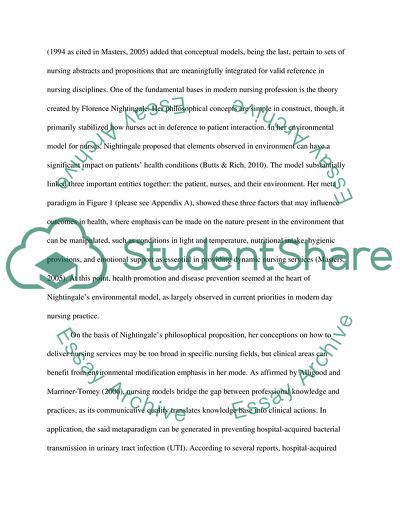Cite this document
(“Theoretical and Conceptual Frameworks in Nursing Practice Research Paper - 1”, n.d.)
Theoretical and Conceptual Frameworks in Nursing Practice Research Paper - 1. Retrieved from https://studentshare.org/nursing/1751030-conceptual-theoretical-paper-nursing-theory
Theoretical and Conceptual Frameworks in Nursing Practice Research Paper - 1. Retrieved from https://studentshare.org/nursing/1751030-conceptual-theoretical-paper-nursing-theory
(Theoretical and Conceptual Frameworks in Nursing Practice Research Paper - 1)
Theoretical and Conceptual Frameworks in Nursing Practice Research Paper - 1. https://studentshare.org/nursing/1751030-conceptual-theoretical-paper-nursing-theory.
Theoretical and Conceptual Frameworks in Nursing Practice Research Paper - 1. https://studentshare.org/nursing/1751030-conceptual-theoretical-paper-nursing-theory.
“Theoretical and Conceptual Frameworks in Nursing Practice Research Paper - 1”, n.d. https://studentshare.org/nursing/1751030-conceptual-theoretical-paper-nursing-theory.


